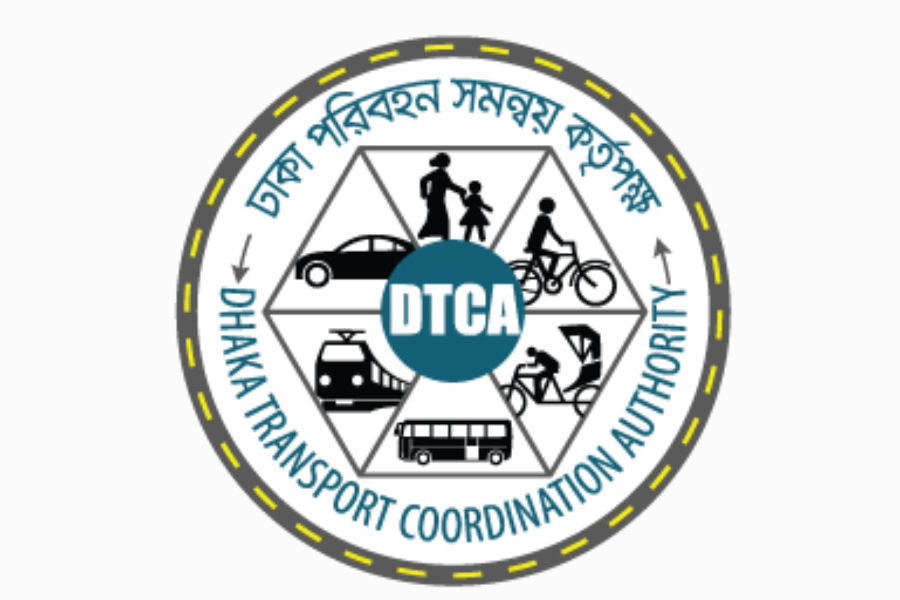
Published :
Updated :

As most of the high-rise buildings, residential plots and apartments in the city and its surrounding areas have been developed without proper traffic circulation, an acceptable guideline in this regard has been drafted for use in planning stage by the stakeholders.
The draft traffic circulation guideline was shared during a workshop at the Dhaka Transport Coordination Authority (DTCA) auditorium in the capital on Tuesday with its Executive Director (ED) Nilima Akhter in the chair.
Syed Mahfuz Ul Islam, Deputy Architect and Urban Planner of the DTCA, presented the keynote paper in the workshop. He highlighted its important features to ensure proper and controlled trip generation against planning new high-rise buildings, residential plots and apartments.
He said the traffic circulation guideline has been updated to keep it consistent with the Bangladesh National Building Code 2020 and related guidelines.
Professor of Department of Urban and Regional Planning of Jahangirnagar University M Shafiq-Ur Rahman and Urban Planner Akter Mahmud spoke on the occasion, among others, as resource persons.
Nikhil Kumar Das, Additional Secretary of the Road Transport and Highways Division, attended the workshop on behalf of the senior secretary.
The DTCA ED said it has been necessary to make the planners, including architects, engineers and urban planners, aware of the importance of traffic circulation - through traffic impact assessment during the planning stage - for improving traffic congestion situation in respective areas.
She said the DTCA has been assigned to deal with the traffic circulation issue for each infrastructure and land use under the DTCA Act 2012. But, it is the duty of the Rajdhani Unnayan Kartipakhya (RAJUK) to ensure enforcement of all these criteria during and after approval of any plan.
Dr Shafiq Ur-Rahman said traffic circulation may change with the use of buildings for commercial, residential or mixed purposes as well as time and circumstance during the renewal time.
He said the guideline must have details on parking space, pedestrian space, non-motorised vehicles, including bicycle, etc, according to the road size, as the city has much lower than the required road infrastructure needed for its population.
The traffic circulation guideline must also focus on pick and drop, and entry and exit points in secondary road, footpath and ramps with a mitigation plan to traffic generation, the JU professor also added.
Dr Akter Mahmud recommended removal of difference on the definitions of high-rise buildings between the DTCA and the Fire Service and Civil Defence along with the square kilometre jurisdiction conflict between the Fire Service and the RAJUK.
He said as the Dhaka city's scenario is unique, actual reality must be reflected in the guideline for making it functional.
Representatives from different real estate and developer companies, the city corporations, RAJUK, Department of Environment, Dhaka Metropolitan Police, Institute of Planners, and Bangladesh Environment Lawyers Association were also present on the occasion.
smunima@yahoo.com


 For all latest news, follow The Financial Express Google News channel.
For all latest news, follow The Financial Express Google News channel.